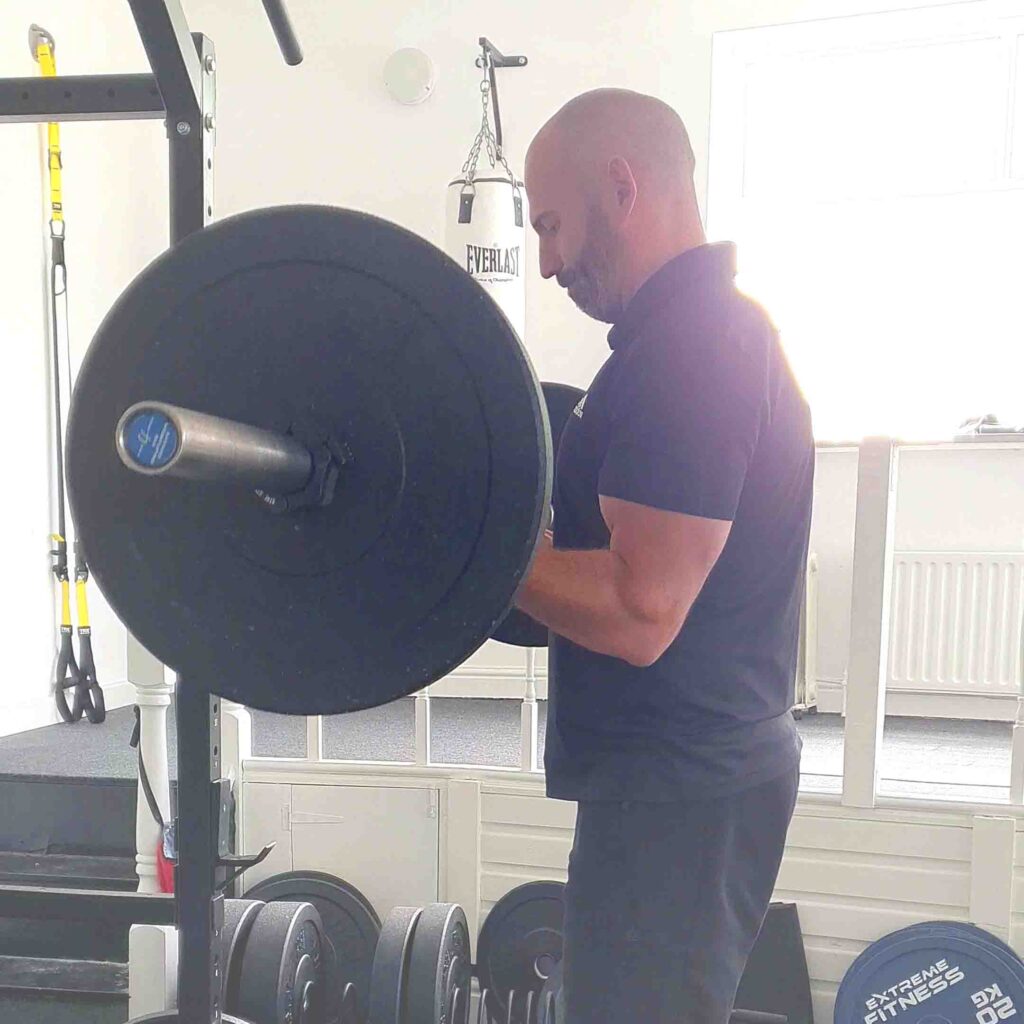Aesthetics over function? Arm flexion

Once a staple of the gym, this humble movement has seen ups and downs in popularity over the years. Seen as less ‘functional’ as some of it’s big brother movements, such as rows, we take a look into why the barbell curl should be in everybody’s repertoire if they’re serious about strength and conditioning.
What we’re dealing with here is arm flexion. That is to say, decreasing the angle of the arm joint (elbow). Generally speaking, how well we can do this, or how much force we can do this with, determines how strong we are in this plane of motion.
It’s opposite is extension, i.e. increasing the angle of the joint until straight.
The bicep curl uses a weight and the effects of gravity on the weight to make arm flexion harder than it would otherwise be just on the arm itself. And in so doing, the muscles of the arm adapt to be able to move more and more weight by getting stronger.
By using gradually heavier weights every time we do this movement, the body adapts slowly to produce more and more force, by getting both more efficient and by building more muscle.
To maximise the effect of the weight, we must understand the arm’s rotational moment upon flexion. As the hand with weight attached, rotates around the elbow, it moves in a circular motion. While standing with arms hanging straight down, it means that the hand is rotating up from half-past the hour, to quarter past. It is at quarter-past during the rotation that the weight/hand is traveling the most vertically. As gravity only works on the vertical plane, this is when the movement requires most force, and therefore the hardest part of the movement in terms of difficulty. So this part of the movement is our focus.
The speed of movement also determines the amount of force required. The faster the movement the less force is required to complete it as it takes less energy to keep an object moving than it does to begin it’s motion. By keeping the movement slow and as close to standing as possible, we maximise the amount of force required to move the weight and any given moment.
Over the years, this movement has fallen out of favour with many trainers/athletes as it’s been seen as mostly aesthetic. But given the importance of arm flexion in a number of different applications, and sports, to leave it out is an error.
The use of a barbell provides an optimal stimulus to the body, the barbell itself a weighted universal handle. The long bar yokes the hands to stop them moving freely, and peak force can be applied.

Recent Comments